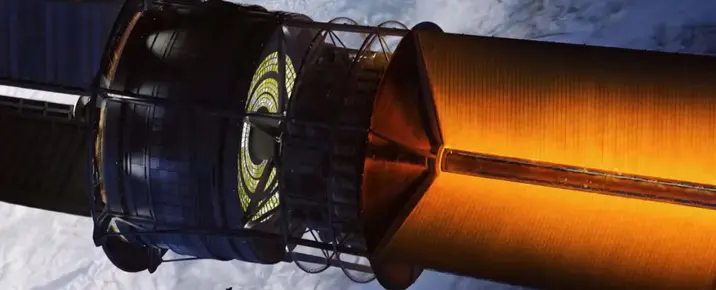T4K3.news
Proba-3 spacecraft successfully simulate solar eclipse
Proba-3 captures stunning images of the sun's corona while testing new technology.
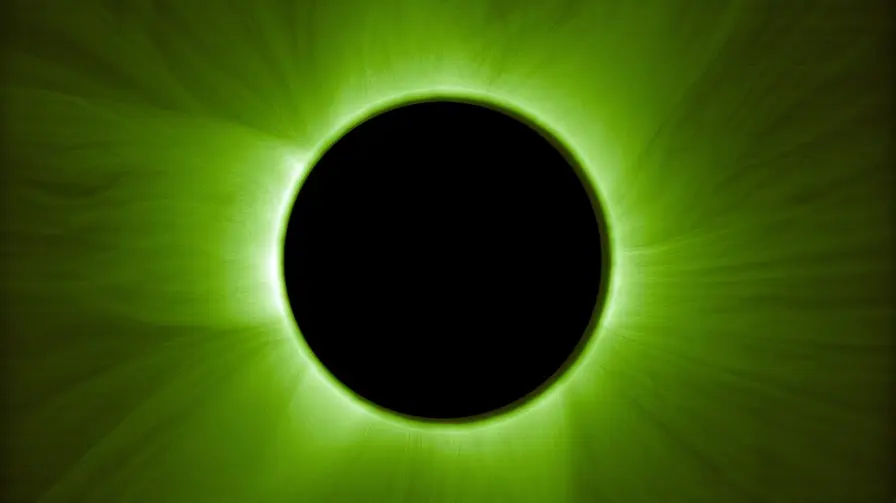
Proba-3 uses advanced technology to imitate a solar eclipse and study the sun's corona.
Proba-3 spacecraft revolutionize solar observations with new technology
Astronomers studying heliophysics have a unique advantage during solar eclipses: they can observe the sun's distant corona, which is normally obscured by sunlight. To overcome the challenges of rare and fleeting natural eclipses, scientists at the European Space Agency have developed Proba-3, a cutting-edge spacecraft system designed to replicate the conditions of an eclipse. By coordinating two spacecraft—one that blocks sunlight and another equipped with a camera—Proba-3 successfully captured images of the sun's corona while also testing innovative technology that may enhance future space missions. The satellites maintain an impressive distance apart while ensuring precise alignment, with practical implications for various future space applications.
Key Takeaways
"Proba-3 allows us to observe the sun's corona in ways we couldn't before."
This quote emphasizes the innovative capability of Proba-3 for scientific observation.
"Maintaining precise alignment while flying at such high speeds is a major achievement."
This statement reflects on the technical challenges overcome by the Proba-3 mission.
"With Proba-3, we can better predict dangerous space weather events."
This highlights the mission's potential impact on satellite safety and broader space weather understanding.
The Proba-3 mission highlights a significant advancement in solar research. By generating artificial eclipses, this initiative allows scientists to study solar phenomena more frequently and in greater detail. Such technology not only contributes to understanding solar activity that influences space weather but also speaks to the increasing need for automated systems in space exploration. Although the technology is still in early stages, it opens doors for future missions that could further our ability to navigate and understand our solar environment. This dual focus on research and technology showcases how innovation can drive scientific inquiry.
Highlights
- Artificial eclipses make solar research more accessible than ever.
- The precision of Proba-3 opens new frontiers for space exploration.
- Automated spacecraft redefine the science of heliophysics.
- Proba-3's findings could protect our satellites from solar storms.
Potential backlash over funding and scientific priorities
There may be public reactions regarding government investment in advanced space technology amidst budget constraints. Critics could argue that funding for space missions diverts resources from pressing terrestrial issues, stirring discussions about priorities in public spending.
The success of Proba-3 may redefine our approach to solar research and space missions.
Enjoyed this? Let your friends know!
Related News

Russia launches satellite with Iranian payload
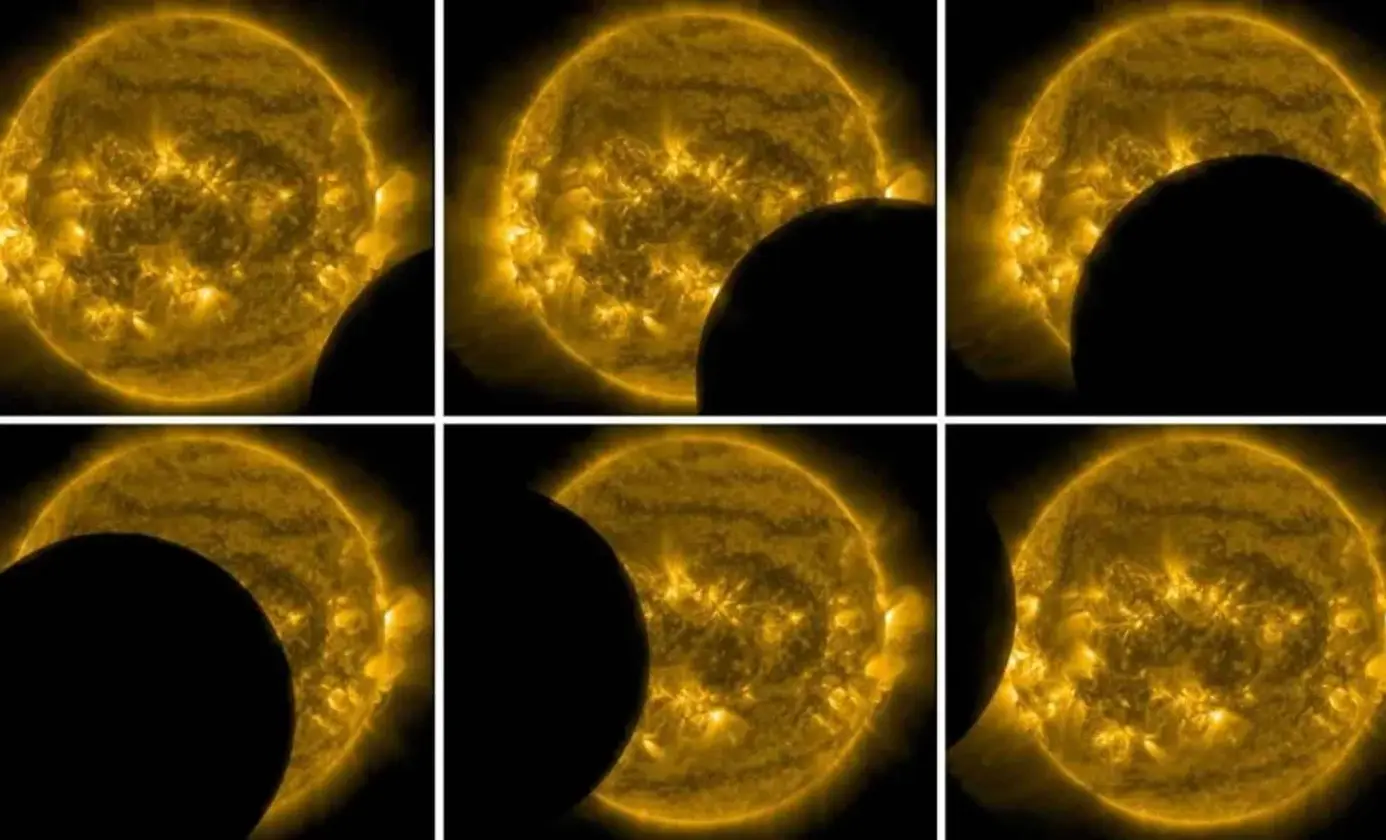
NASA Captures Stunning Solar Eclipse from Space
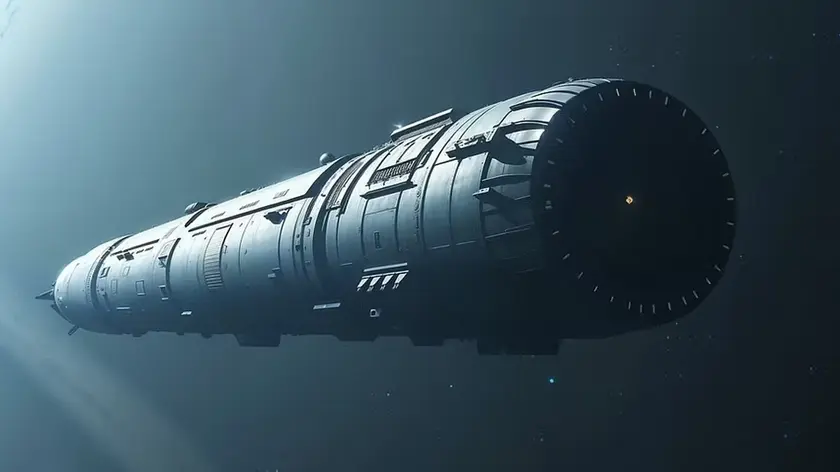
Chrysalis spacecraft wins design competition
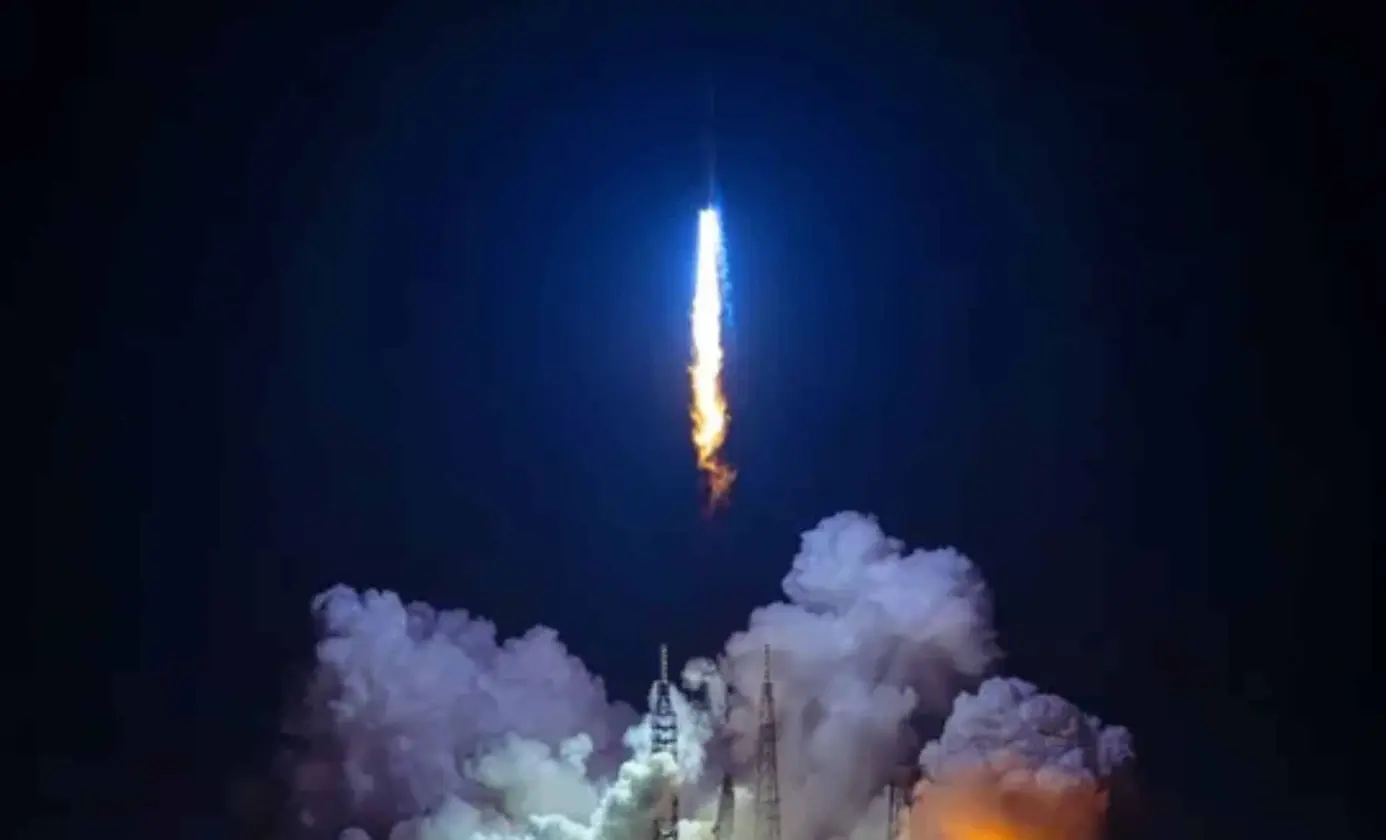
New Glenn Launch to Carry NASA's ESCAPADE Mission
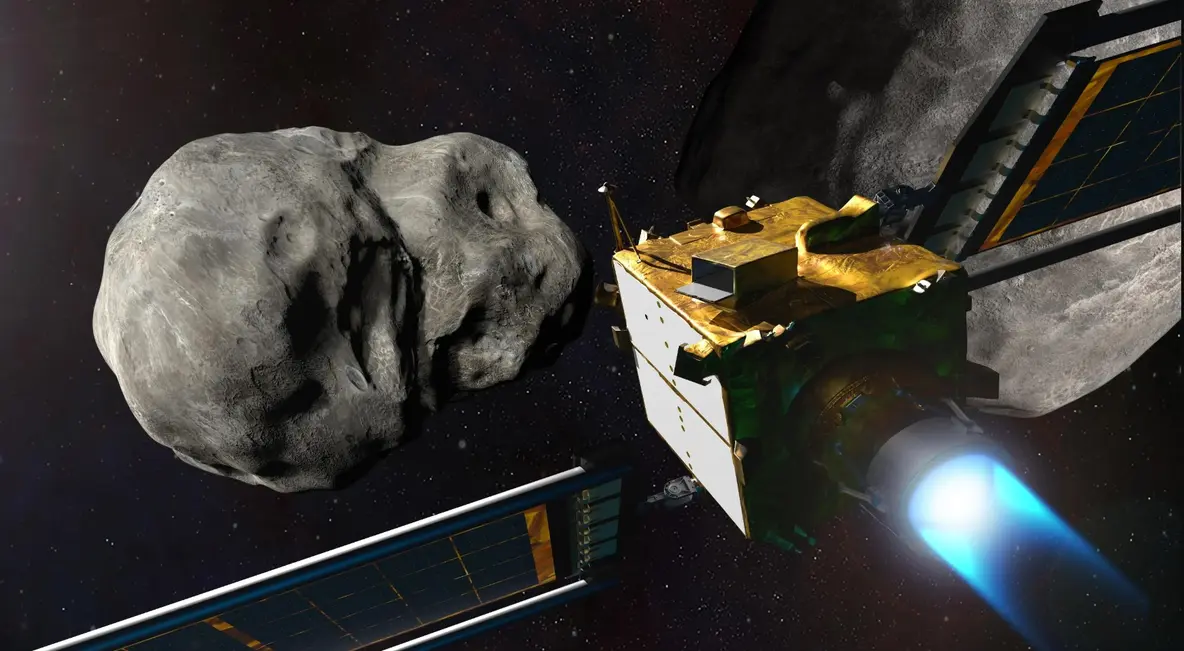
Nasa's asteroid test results in dangerous space debris
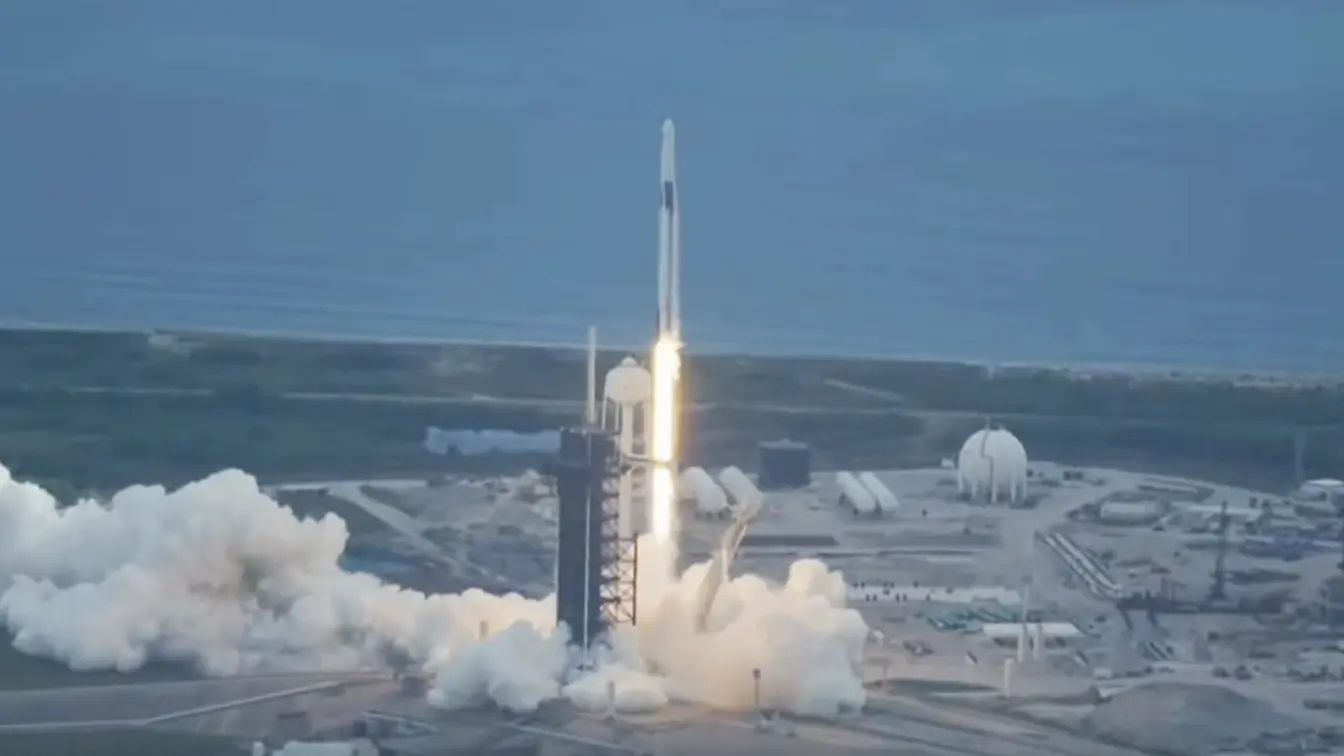
SpaceX launches Crew-11 astronauts to ISS
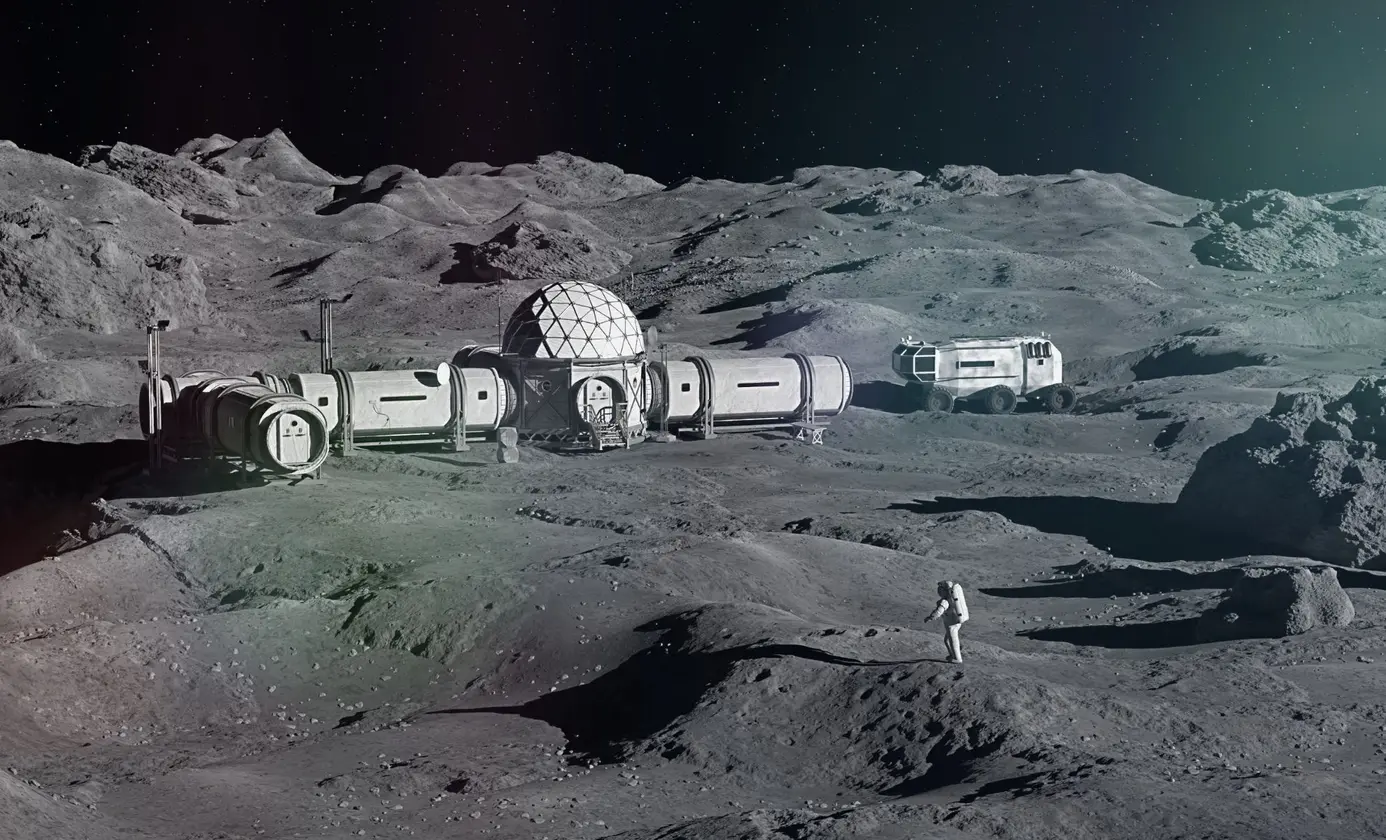
Sun powered lunar bricks push toward a Moon base
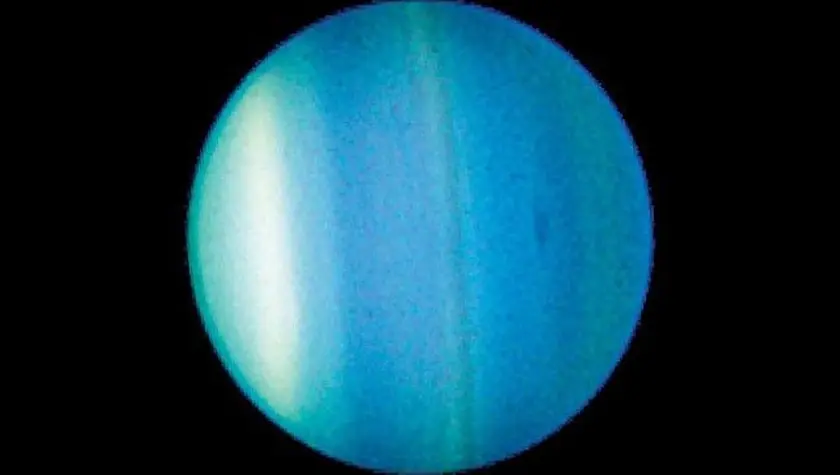
New Insights on Ice Giants Explored
